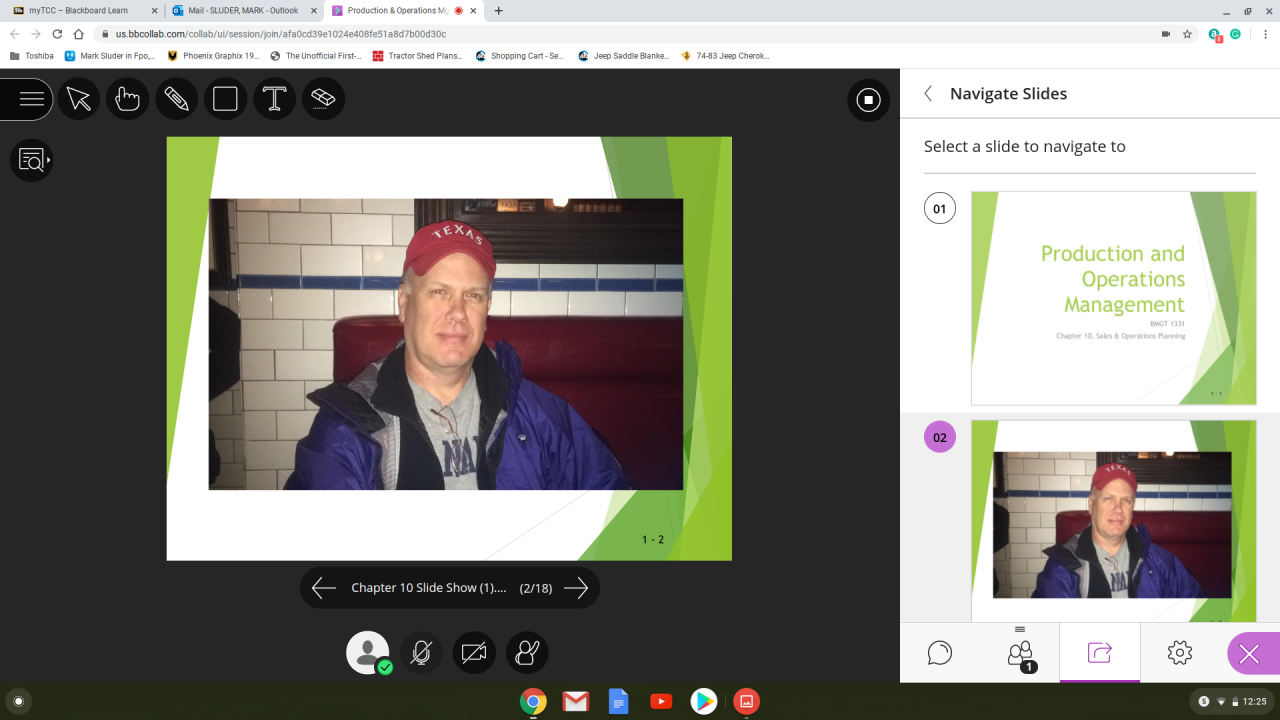Switching from “traditional” face-to-face (F2F) teaching to online teaching is a big change under ordinary circumstances. There is not the same ability to engage with the students, especially in classrooms as discussion-heavy as mine tend to be. Switching from F2F to online in the midst of COVID-19 pandemic is like whiplash, not just for me, but also for the students.
Under normal circumstances, some students are just not cut out for online instruction or distance learning in general. For one thing, they need the accountability of physically being in class. When in class physically, students are all the way in class, with fewer distractions. Attending online, even live, leaves the distractions that exist in your environment at home or wherever you are logging in.
However, the current circumstances leave no alternatives. As an instructor, my role is to be encouraging and make sure everyone knows we will get through this together. I have had a few students who are unsure of what online learning is going to look like, and I just had to admit that I wasn’t 100 percent sure what it was going to look like either—but that was okay. We would figure it out together, and everyone would survive together.
Learning to teach online
Ironically, I was in the middle of being “certified” to teach online when COVID-19 struck. I have some observations about the online teaching certification course as far as preparing me to teach online under the present circumstances:
- The official online teaching certification is great at reminding prospective online instructors that teaching online has significant differences from teaching F2F. It spends a lot of time talking about teaching methodology/pedagogy-type material.
- The online certification program is good at demonstrating how an online class should be set up/organized on Blackboard. New instructors who don’t have a template of what their class looked like the last time it was taught can see what their Blackboard class should look like by completing the certification.
- The online certification program is NOT really set up to get instructors new to the online classroom prepared to teach online. By that I mean the web-based training (to the point I had completed when we entered COVID-19 crisis mode) does not tell how to use available tools for teaching online. To the point I had completed, there was no instruction on using Blackboard Collaborate Ultra. There was no discussion about communicating with students or taking roll/verifying who is attending. There was no instruction on how to leverage Discussion Groups as an interactive tool.
Over the last week, I have used YouTube to learn how to use Blackboard Collaborate Ultra. (This is a really good tutorial, produced by a college math teacher: https://www.youtube.com/watch?v=4Bpqla3Bxok) I watched the videos that were linked on the Blackboard training tab, but this video (about 30 minutes long) was easier to follow and answered the questions I had as someone who had never used Collaborate. I did a trial run with one of my classes last night, and it looks like it will work fine–seeing students (if needed), talking to them, sharing PowerPoint slide decks, etc. It’s not the same as being in class F2F, but it will work for the remainder of the semester. Planning for online classes in the future should be much easier as well.

